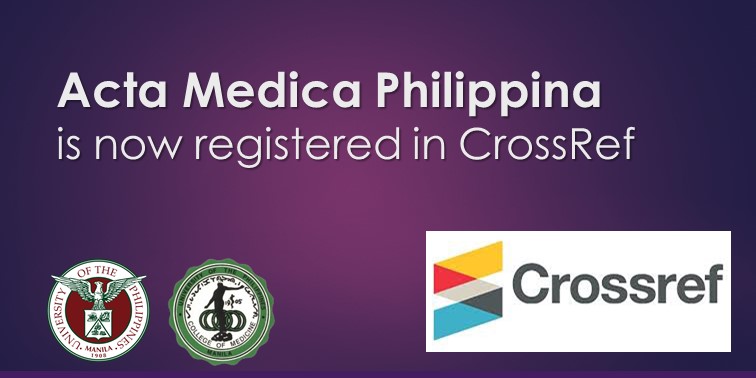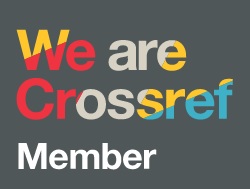Providing Universal Health Care Access to Filipinos Region-wide using Back Propagation and Recurrent Neural Networks for Finding Optimal Locations to Place Rural Health Unit Facilities in the Philippines
DOI:
https://doi.org/10.47895/amp.vi0.12478Keywords:
health services accessibility, data science, access to primary care, Philippines, public facilities, recurrent neural network, back propagation neural network, site selection, optimizationAbstract
Background and Objective. Access to healthcare remains a challenge in most areas in the Philippines. Fifty-three percent (53%) of the Philippine population do not have access to a rural health unit (RHU) within a 30-minute travel t ime. As a response, the Department of Health (DOH) needs to construct an additional 2400 RHUs by 2025. This paper uses the Philippine Health Facility Development Plan 2020-2040 (PHFDP) as a reference to present a solution for locating sites for RHU placement in under-served areas using neural networks to meet the 30-minute travel time by maximizing population accessibility.
Methods. RHU accessibility was measured using geographic attributes as inputs to a back propagation neural network (BPNN) and a recurrent neural network (RNN): (1) land coverage and hazard data, representing geographical limitations; (2) population density and distribution, indicating demand for healthcare services; and (3) infrastructure-related features, such as road networks, points of interest, and the locations of existing RHUs, which influence healthcare accessibility. The models were trained to identify underserved areas and were implemented on a nationwide scale, excluding NCR, to locate candidate areas to increase population access to the new RHUs. The models were validated using a healthcare facility accessibility index (HCFAI) to assess RHU coverage improvement.
Results. The BPNN showed stronger generalization across regions, achieving 79.1% average accuracy in distinguishing low from high accessible areas on Region 1 and identifying 1668 out of 3305 locations in the region as candidate sites. The RNN, better capturing unique regional characteristics, required separate training: 77.2% average accuracy on Region 1, identifying 1593 candidate sites. Our findings suggest expanding the use of land improves population access to healthcare facilities. Both models found more than the needed number of RHUs by 2040. The BPNN was more consistent than RNN to improve a region’s overall accessibility by increasing the HCFAI. The BPNN can increase population access to an RHU from 2.5-98.5% from its original population with access to an RHU.
Conclusion. The study demonstrates the usage of geographic attributes and neural networks to improve healthcare accessibility. The BPNN and RNN are adequate algorithms to find under-served areas and candidate sites for RHU construction to maximize population accessibility. The HCFAI metric validates the locations to highlight which neural network maximizes more of the region’s populat ion. The study contributes to ongoing efforts to improve healthcare infrastructure and accessibility, offering datadriven recommendations for RHU locations.
Downloads
Published
Issue
Section
License
Copyright (c) 2025 Acta Medica Philippina

This work is licensed under a Creative Commons Attribution-NonCommercial-NoDerivatives 4.0 International License.




.jpg)



